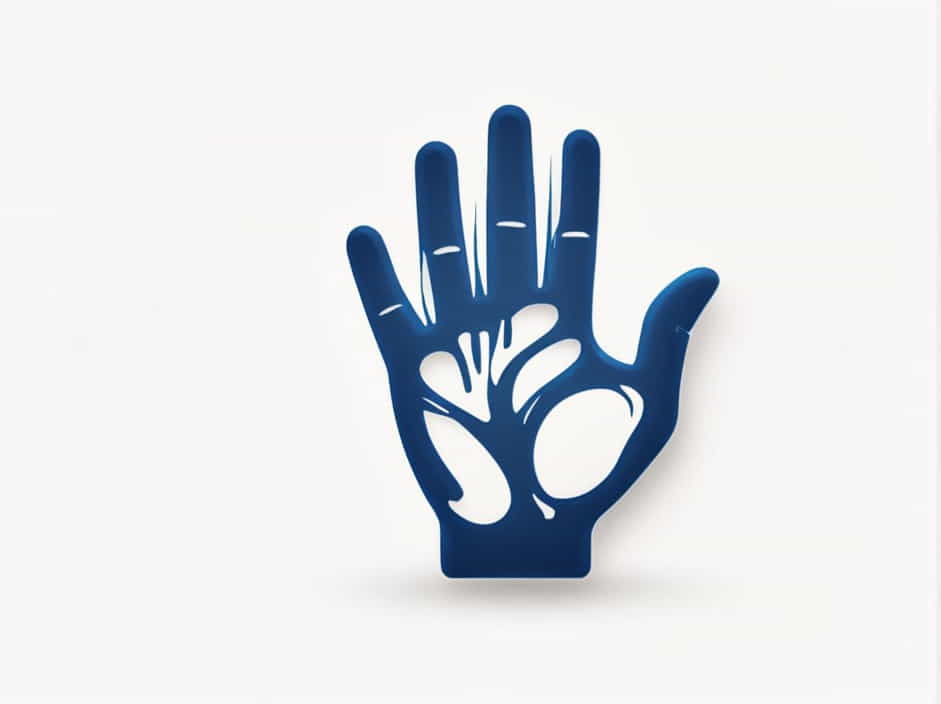The veins of the metacarpal region are crucial components of the circulatory system in the hand. They facilitate blood drainage from the fingers and hand back to the heart, ensuring proper circulation and oxygenation. These veins are part of a complex venous network that includes superficial and deep veins, each playing a specific role in maintaining healthy blood flow.
Understanding the metacarpal veins is essential for healthcare professionals, medical students, and anyone interested in anatomy and vascular health. This topic explores their structure, function, clinical significance, and common disorders affecting them.
Anatomy of the Metacarpal Veins
The veins of the metacarpal region are categorized into superficial and deep veins, which work together to ensure efficient venous return from the hand.
1. Superficial Veins of the Metacarpal Region
The superficial venous network is located just beneath the skin and is easily visible in many individuals, especially on the back of the hand. These veins drain into larger venous structures in the forearm.
-
Dorsal Metacarpal Veins
- Found on the back (dorsal side) of the hand.
- Collect blood from the fingers and superficial tissues of the hand.
- Merge to form the dorsal venous arch, which connects to the cephalic and basilic veins.
-
Palmar Venous Plexus
- Located on the palm side of the hand.
- Less developed than the dorsal venous network.
- Drains blood into deeper veins of the hand.
2. Deep Veins of the Metacarpal Region
The deep veins run alongside the arteries of the hand, ensuring efficient drainage of oxygen-depleted blood from the deeper structures.
-
Palmar Metacarpal Veins
- Found on the palm side of the hand.
- Drain blood from the deep tissues of the metacarpal region.
- Empty into the deep veins of the forearm, including the radial and ulnar veins.
-
Deep Venous Arches
- The deep palmar venous arch collects blood from the palmar metacarpal veins.
- Plays a crucial role in deep hand circulation.
Functions of the Metacarpal Veins
1. Venous Drainage and Circulation
The primary function of the metacarpal veins is to return deoxygenated blood from the fingers and hand to the heart and lungs for oxygenation.
2. Regulation of Blood Flow
The venous network helps regulate blood pressure and temperature in the hands by expanding or constricting based on body needs.
3. Supporting Hand Function
Efficient venous return prevents swelling, stiffness, and vascular congestion, ensuring proper hand movement and function.
Common Disorders Affecting the Metacarpal Veins
1. Varicose Veins in the Hand
- Caused by weakened vein valves, leading to enlarged, twisted veins.
- More common in older individuals and those with poor circulation.
- Symptoms include bulging veins, aching pain, and swelling.
2. Thrombophlebitis (Blood Clots in the Veins)
- Inflammation due to a blood clot in the superficial or deep veins of the hand.
- May cause redness, pain, swelling, and warmth in the affected area.
- Can result from injury, prolonged immobility, or medical conditions affecting blood clotting.
3. Venous Insufficiency
- Occurs when veins fail to efficiently return blood to the heart, leading to pooling in the hands.
- Symptoms include swelling, discoloration, and a heavy sensation in the hand.
4. Raynaud’s Phenomenon
- A circulatory condition where blood flow to the fingers is restricted, often due to cold or stress.
- Though primarily arterial, poor venous return can contribute to symptoms like pale or bluish fingers.
Clinical Importance of the Metacarpal Veins
1. Role in Medical Procedures
- Intravenous (IV) Access: The dorsal metacarpal veins are commonly used for IV cannulation and blood draws due to their superficial location.
- Venous Grafts: In some cases, veins from the hand can be used for bypass surgery or other vascular repairs.
2. Diagnostic Relevance
- Swelling or color changes in the hand veins can indicate vascular or circulatory disorders.
- Ultrasound or venography is often used to assess the function and health of these veins.
How to Maintain Healthy Metacarpal Veins
1. Keep the Hands Active
- Regular hand exercises help maintain good circulation and prevent venous congestion.
- Simple activities like finger stretching, squeezing a stress ball, or wrist rotations can improve blood flow.
2. Stay Hydrated
- Proper hydration ensures healthy blood viscosity, reducing the risk of clots and poor circulation.
3. Elevate the Hands
- Raising the hands above heart level can help reduce swelling and improve venous return.
4. Avoid Prolonged Immobility
- Long periods of inactivity can lead to poor circulation and increase the risk of blood clots.
- Moving the fingers and wrists regularly helps prevent stagnation of blood flow.
5. Wear Compression Gloves if Necessary
- Compression gloves can support venous return and reduce swelling in individuals prone to poor circulation.
The veins of the metacarpal region play an essential role in blood drainage and overall circulatory health in the hands. These veins ensure that deoxygenated blood is efficiently transported back to the heart and lungs while supporting hand function and flexibility.
Understanding the anatomy, function, and potential disorders affecting these veins can help individuals take preventive measures and seek medical attention when necessary. By practicing healthy habits, such as staying active, hydrated, and avoiding prolonged immobility, one can maintain optimal venous health in the hands.
